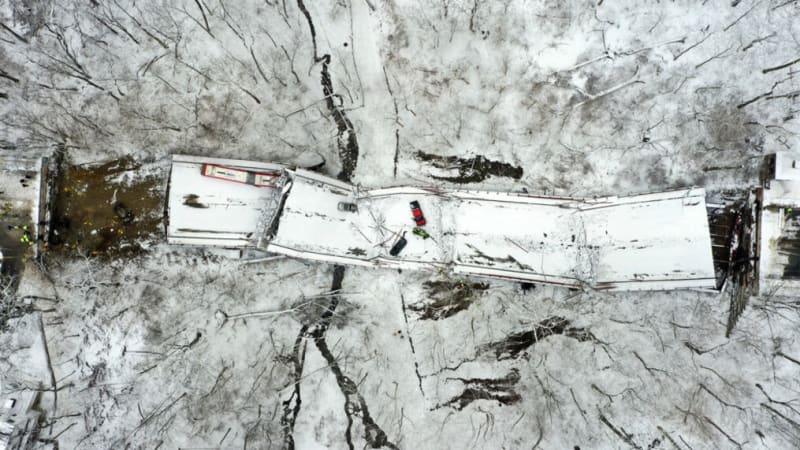-
1
- #1
Besserat
Civil/Environmental
- Jan 28, 2022
- 2
Follow along with the video below to see how to install our site as a web app on your home screen.
Note: This feature may not be available in some browsers.
[URL unfurl="true" said:https://www.wonkette.com/why-did-joe-biden-blow-up-this-pittsburgh-bridge[/URL]]Let's all take a few minutes to remind ourselves that government is what we do to make sure the roads don't fall apart under our buses, and that if a disaster like that does happen, there'll be rescue crews and ambulances and hospitals to help. Wonkette (a Pittsburgh paper) January 28, 2022 03:15 PM
Note that it had military undertones, but so what, it got done.
And now it's falling apart, because we're too cheap to take care of it.
![[pipe] [pipe] [pipe]](/data/assets/smilies/pipe.gif)

If unpainted, weathering steel depends on a patina to provide corrosion protection. If the patina is compromised the resulting rust blisters will contain corrosion cells, defeating the steels corrosion resistance. Rust blisters appear to be present in some of the pictures above. Road salt is one of the potential drivers of weathering steel corrosion.[URL unfurl="true" said:https://usbridge.com/what-is-weathering-steel/[/URL]]The Cons of Weathering
Although weathering steel may sound ideal, there are a few factors that should be considered before construction. Certain weather and climate conditions can lead to issues with durability and corrosive resistance.
digger242j said:My understanding of bridge weight limits is that vehicles over the limit will cause further deterioration--not immediate failure. You should be able to drive 26 ton vehicles over that bridge all day long without it falling down. Somebody please correct me if I'm wrong.
(Maybe I should phrase that differently--Vehicles *under* the limit will not hasten the deterioration. Obviously for any given bridge you could find something heavy enough to kill it.)
ACtrafficengr said:Structurally non-redundant ones should be candidates for closure
But what we really need to do is shrink the system, as the Iowa DOT commissioner says some years ago. If we can't generate the revenue to maintain our roads and bridges, maybe we need to get rid of some
